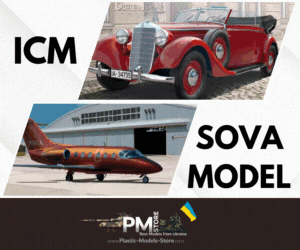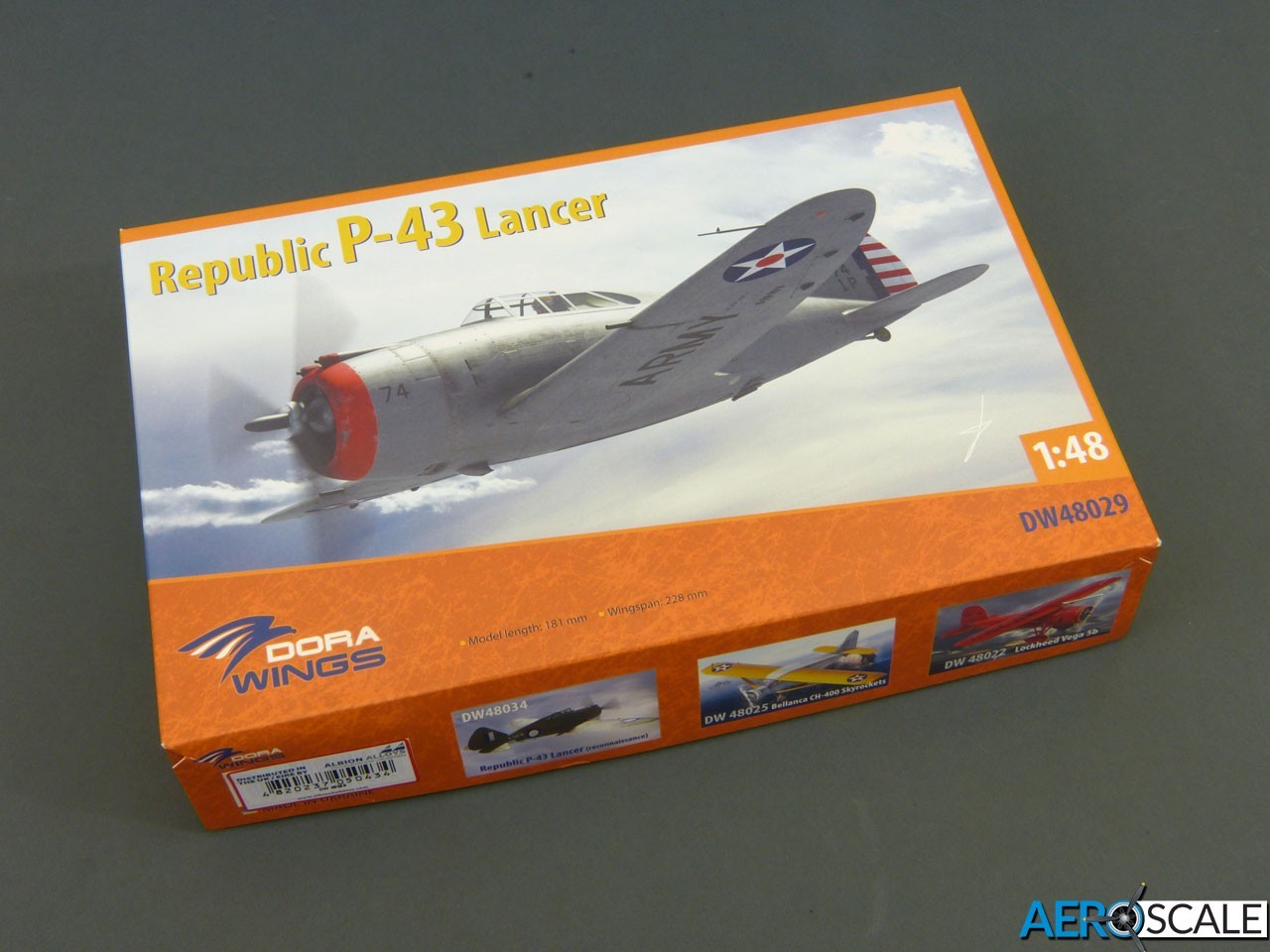
My first introduction to the P-43 Lancer was the Rareplanes 1:72 vacuform kit back in the 1970s and it's interested me ever since, bridging the gap between the classic pre-war Seversky P-35 and the legendary P-47 Thunderbolt. I was fascinated recently to read Robert Stanford Tuck's views on the Lancer in his memoirs, relating how, fresh from the Battle of Britain, he flew the aircraft in America, which do much to balance the conventional wisdom that the aircraft was little more than a also-ran.
So, I didn't need much convincing to give Dora Wings' 1:48 kit a try when it appeared in my recommendations on Amazon. This is my first experience of a Dora Wings kit, so I was also interested to see how this Ukrainian manufacturer does things.

The kit arrives in an attractive top-opening box, with all the parts, accessories and instructions booklet packed in a resealable bag. The clear parts are protected in their own zip-lock bag, while the decals, painting masks and etched parts are also bagged and placed inside the instructions to keep them safe in transit.
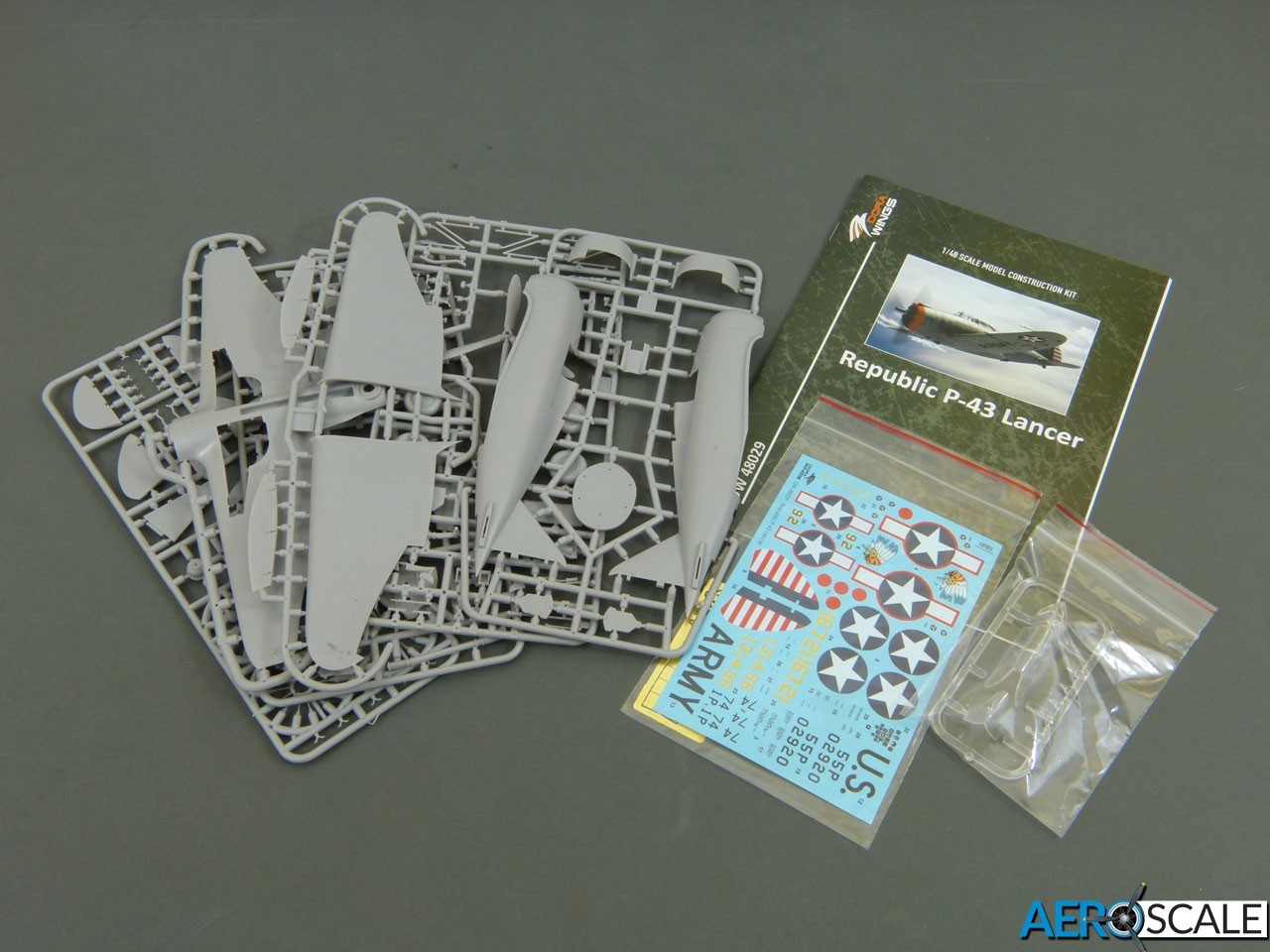
The kit comprises:
130 x pale grey styrene parts (including a few unused parts for other versions)
7 x clear styrene parts
15 x etched brass parts
A sheet of vinyl painting masks for the canopy
Decals for 4 x colour schemes
A 12-page assembly guide
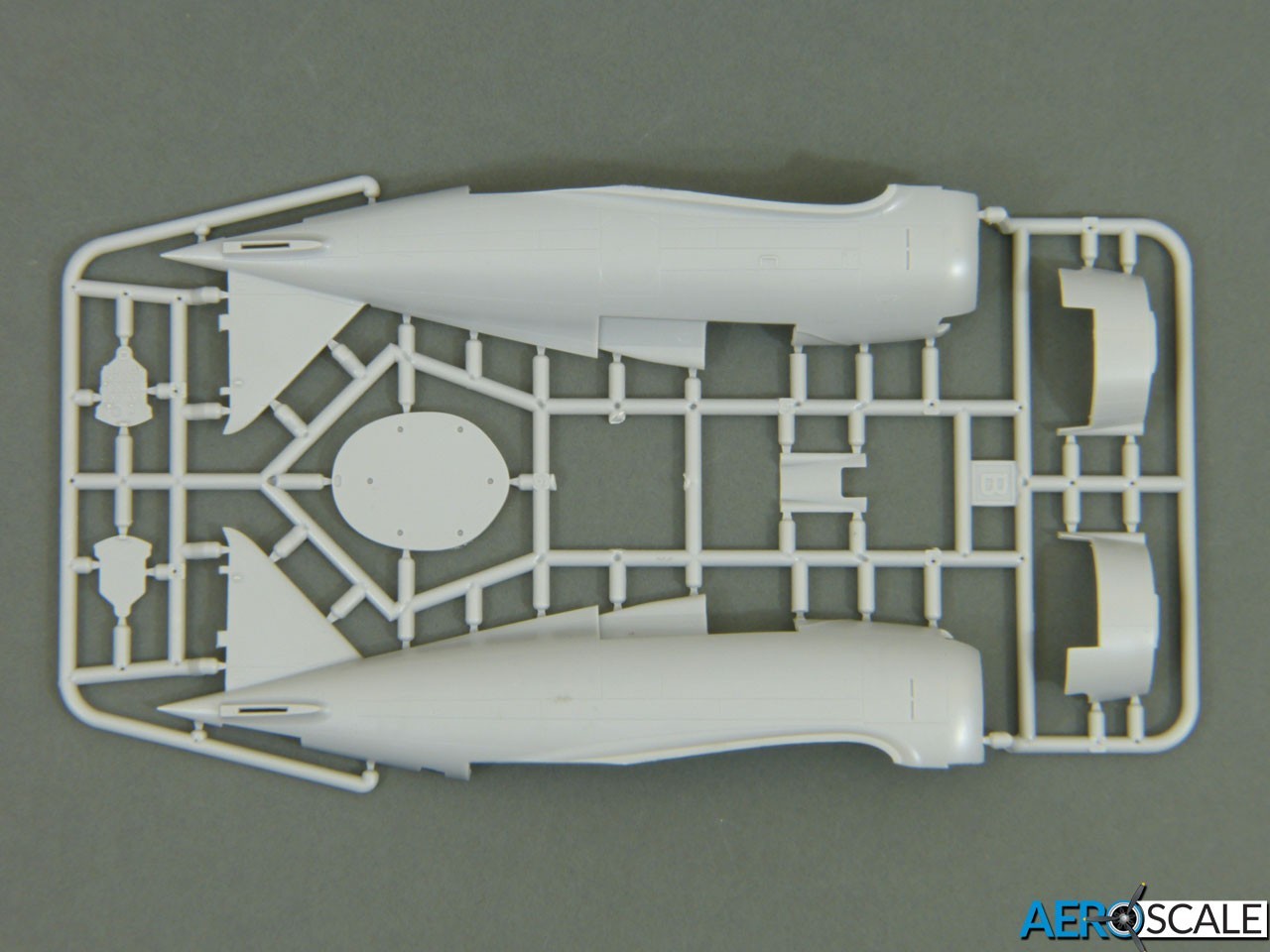


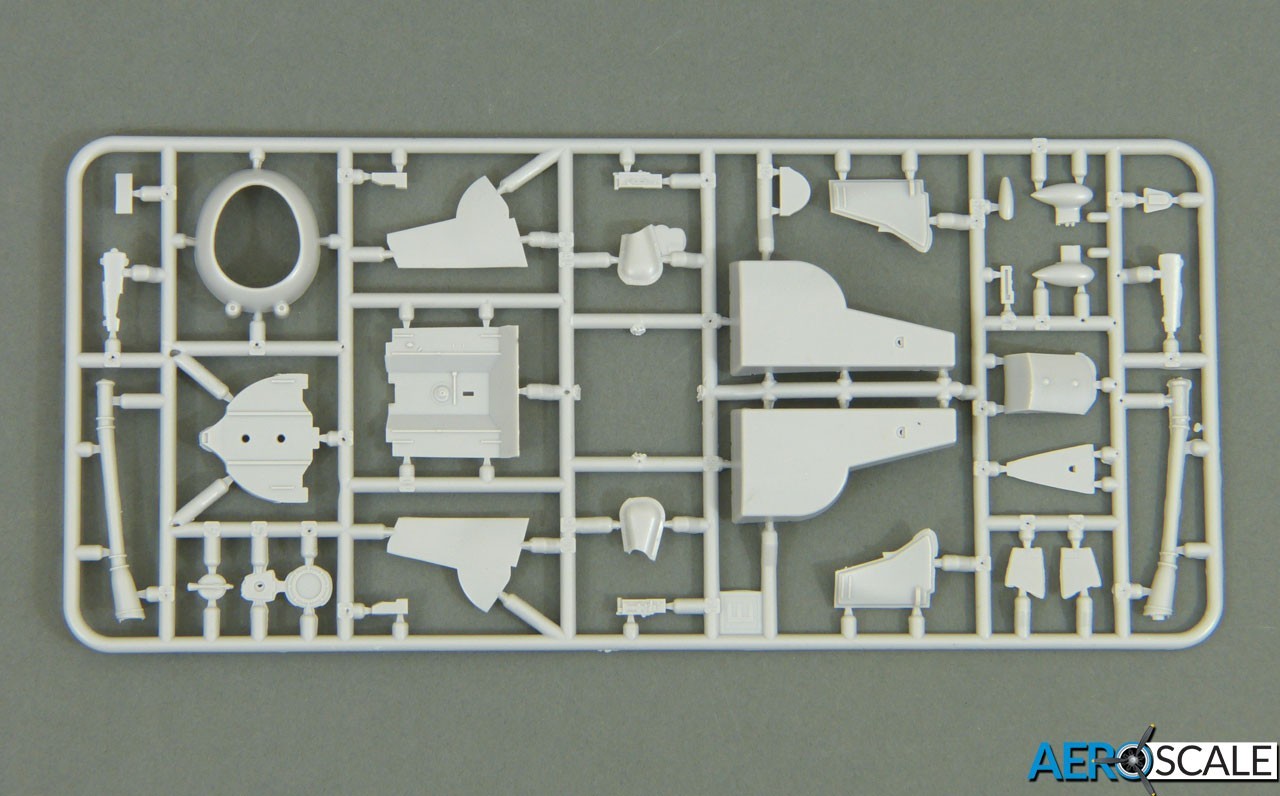
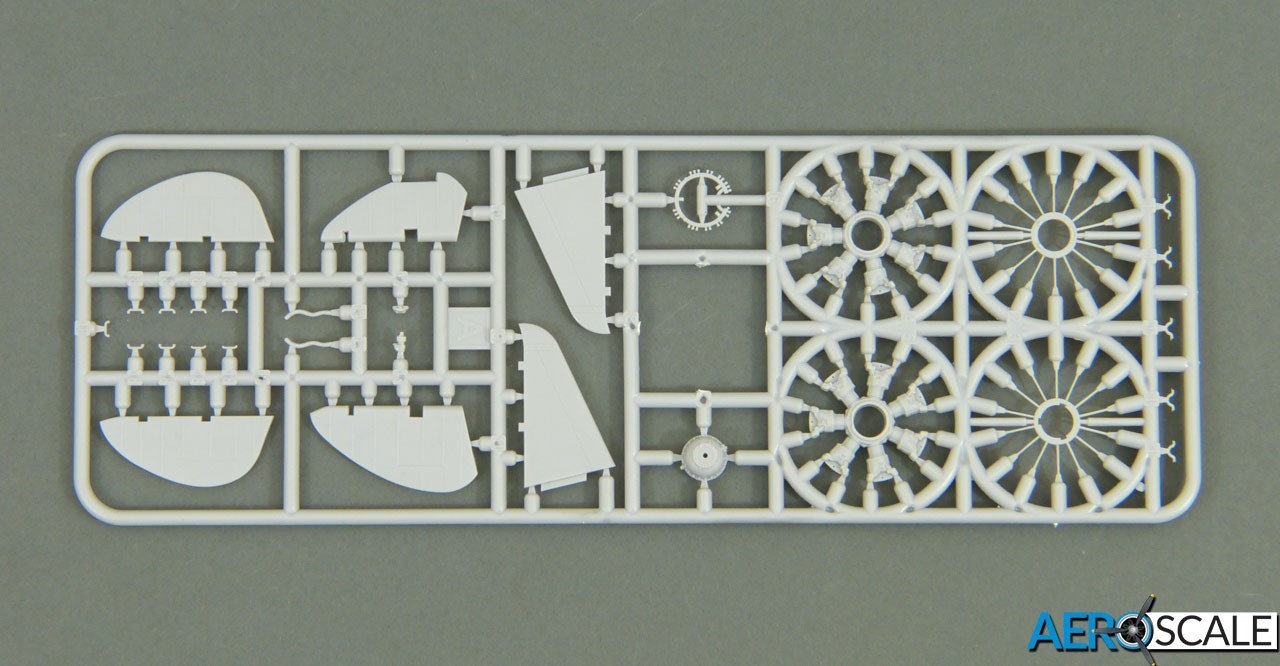

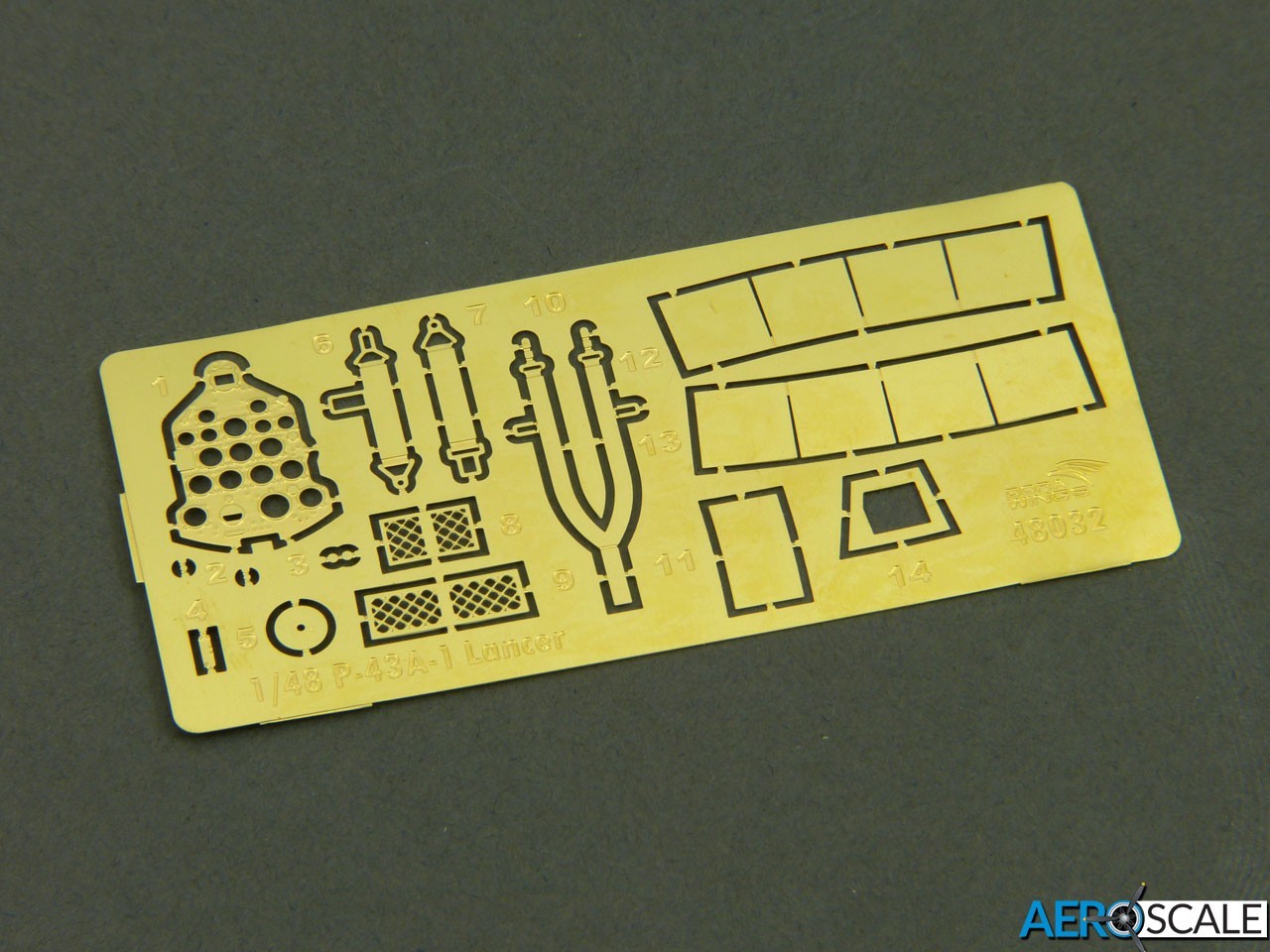
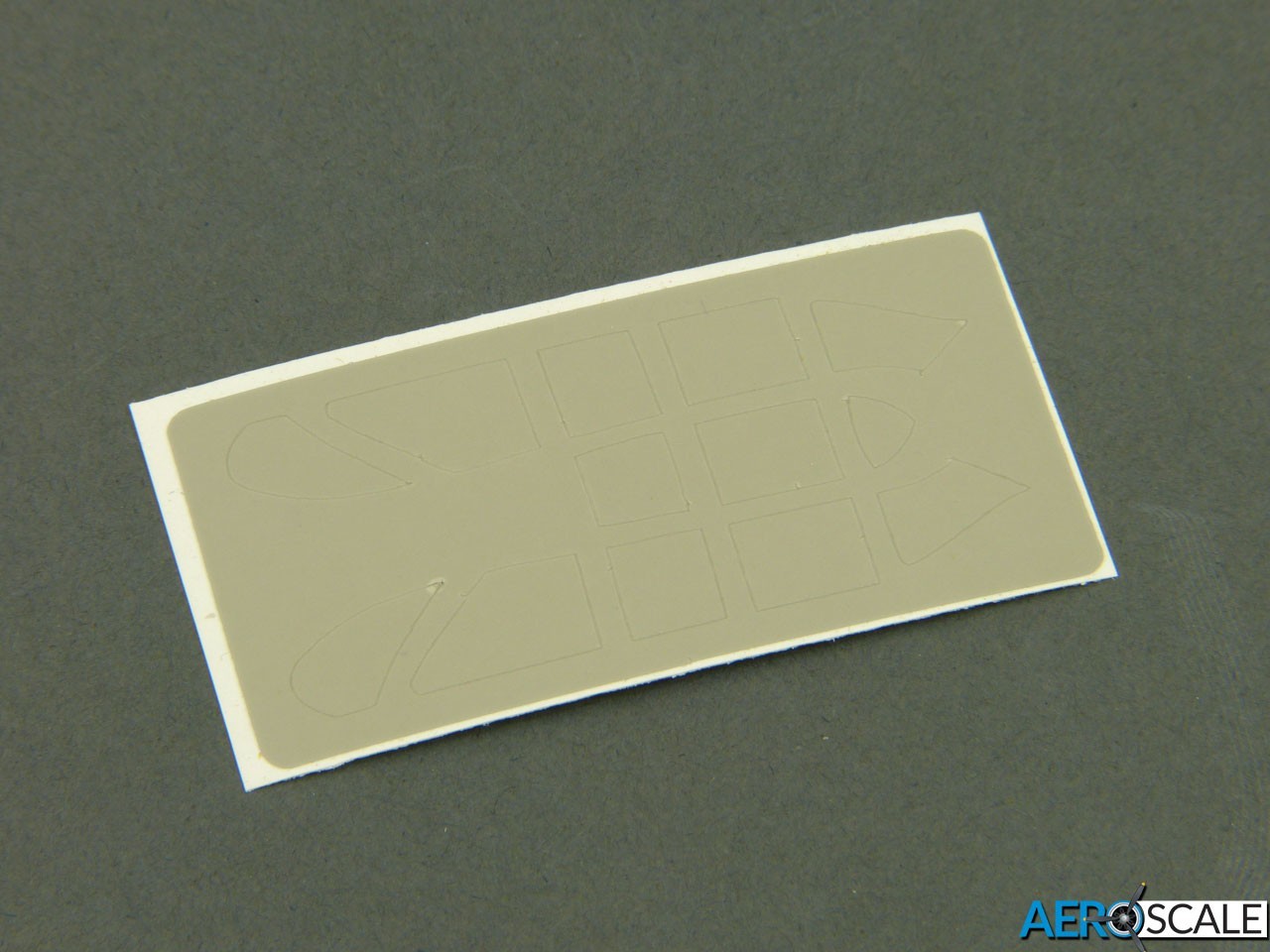
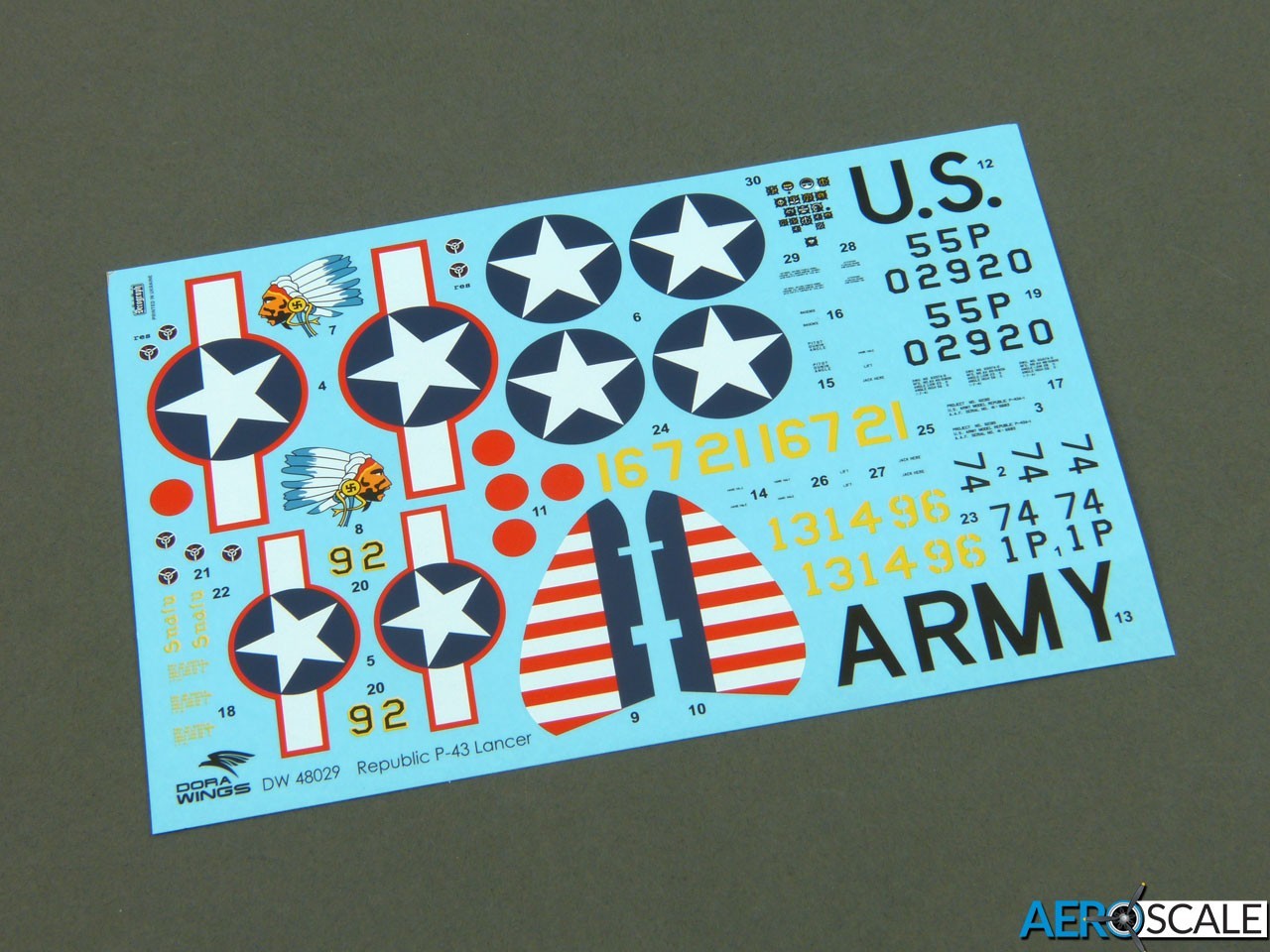
I'll say straight off that I think the kit is most suitable for modellers with a reasonable amount of experience. Anyone with a few short-run kits under their belt should have no trouble at all, because the kit is light years ahead of short-run kits of only a few years ago. That said, it will still require some extra work, so someone who’s only used to the easy assembly of the latest mainstream kits might struggle.
The mouldings have a bit of flash to clean up in places, and I found several sink marks on thicker parts. The worst of these are on the main undercarriage legs in my kit. They won't be massively difficult to sort out, but be prepared to do some filling. Part of the tailwheel leg was also short-shot on my kit, but it should be simple to replace. There’s no sign of mould release agent on my kit, but the plastic used does have a slightly “soapy” feel, so I’ll definitely give the parts a good wash in detergent before constructing the kit.
A couple of things that struck me were the large number of runner attachments on the main parts - more than I think I've ever seen - and the total absence of ejector pin marks. It's not a question of them being light or tucked out of sight - there simply aren't any at all! It's quite remarkable.

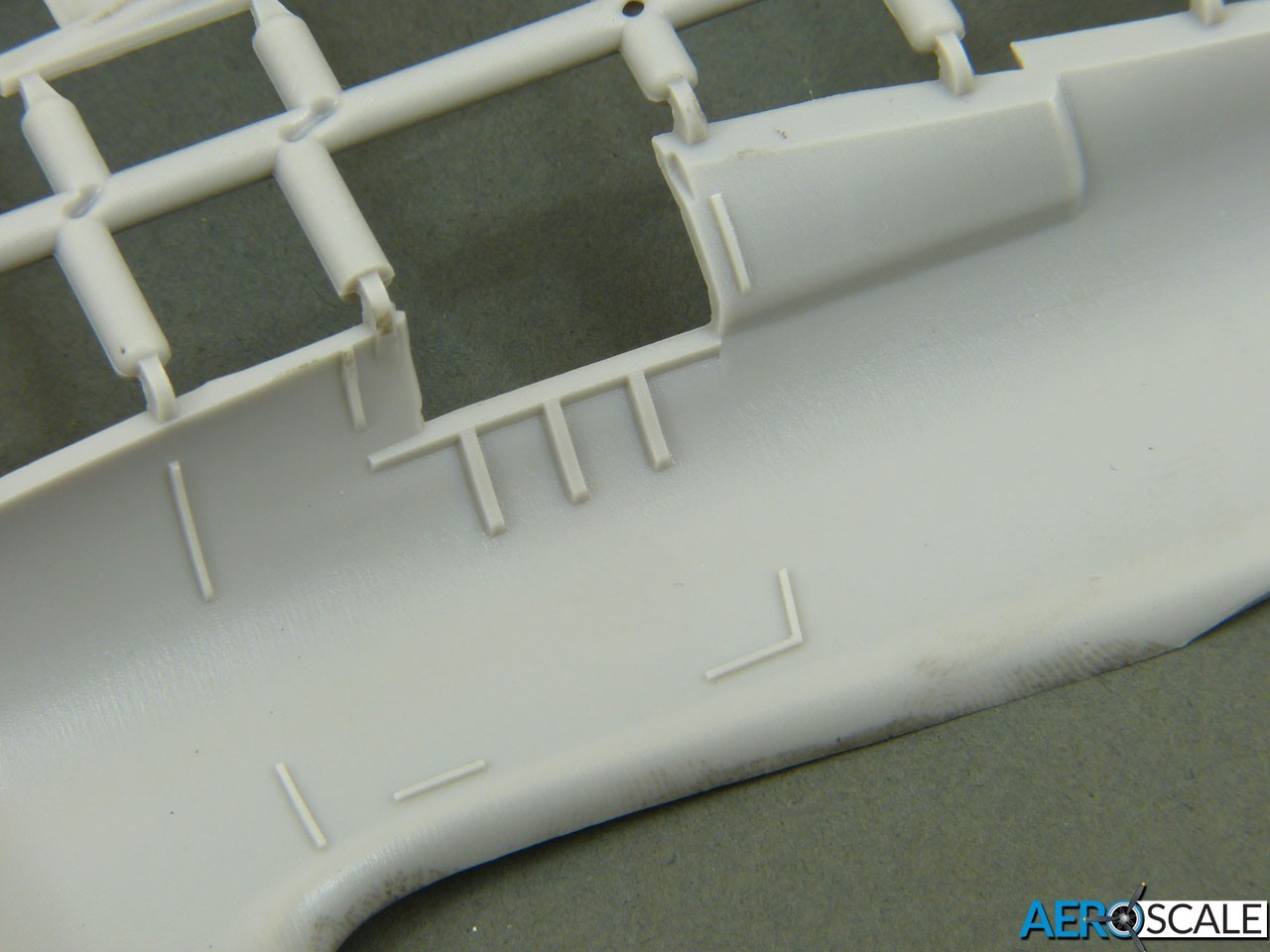
The surface finish is nicely polished and has beautifully fine engraved panel lines, which should look great under a coat of paint. What I initially mistook for blemishes on the rear fuselage are actual scribed lining-up marks for the camera bulges of the P-43B, so you’ll need to fill them for this version - something which isn’t mentioned in the instructions. Fabric covering on the control surfaces is represented by simple raised lines, which I think is infinitely preferable to the saggy sackcloth look on some kits.
So, things were looking very positive with my kit until I examined the clear parts and came down to earth with a bump. While the transparencies are quite thin and have crisply defined framing, a couple of prominent bubbles in the canopy made it unusable.
I reported this to Dora Wings and they very promptly sent me a replacement set of clear parts, as shown above, which are very good quality. A real plus point is the inclusion of a set of vinyl canopy masks which will make painting the quite complex multi-panel canopy a breeze.
(Note: My initial attempt to Dora Wings via email wasn't successful, so I tried again using the contact form on their website and received a reply straight away. It's a real credit to their after-sales service and how closely they monitor the messages sent that way.)
Test Fit
The main parts don’t have any locating pins, but this isn’t a problem because everything lines up very precisely once you’ve cleaned off all the runner attachments. The cut-out at the base of the offset vertical fin (to counteract torque) acts as an ideal reference point for aligning the fuselage halves.
The wings are moulded with a full-span lower piece and port and starboard upper panels. The fit at the wing roots is really excellent.
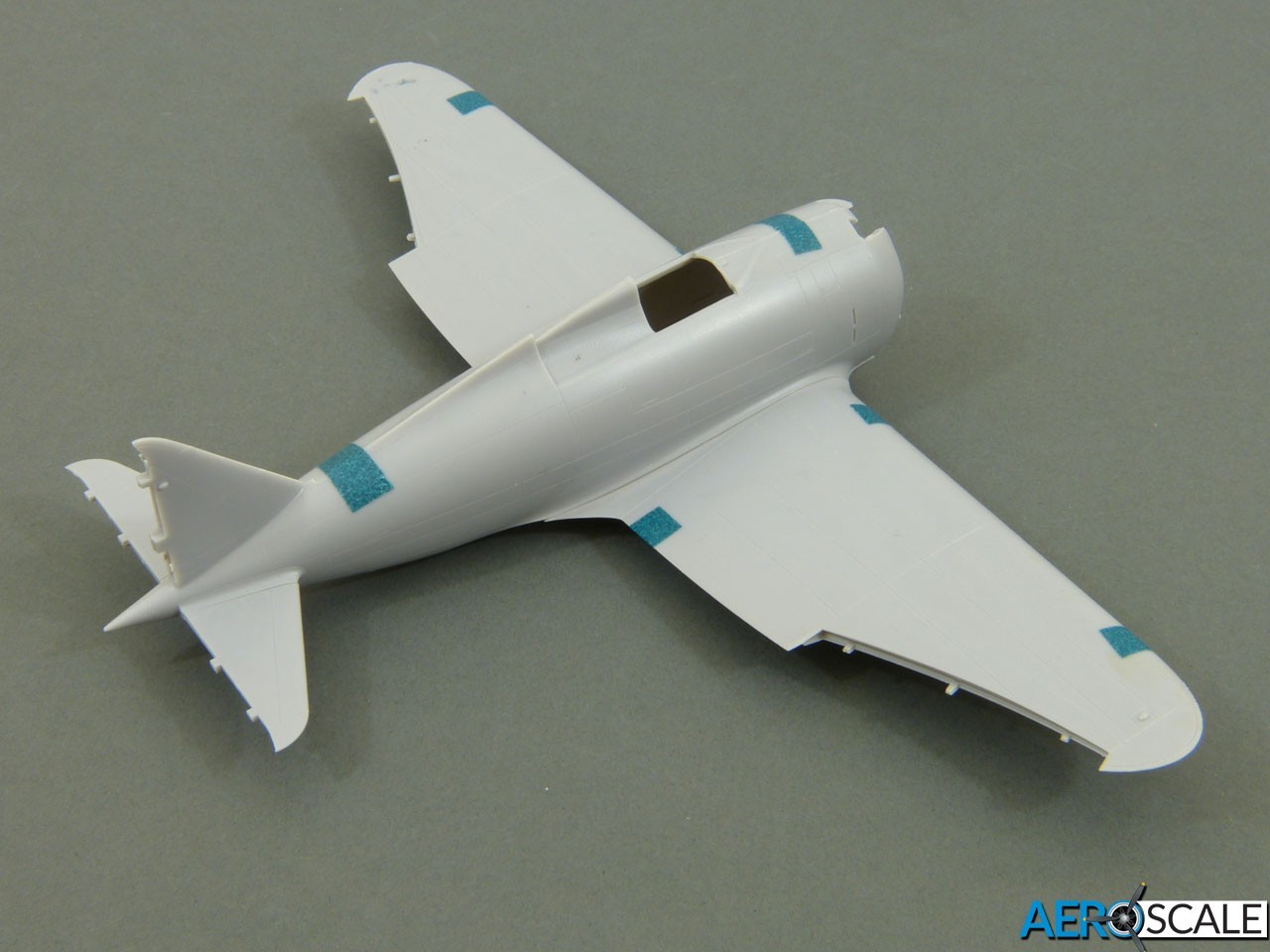
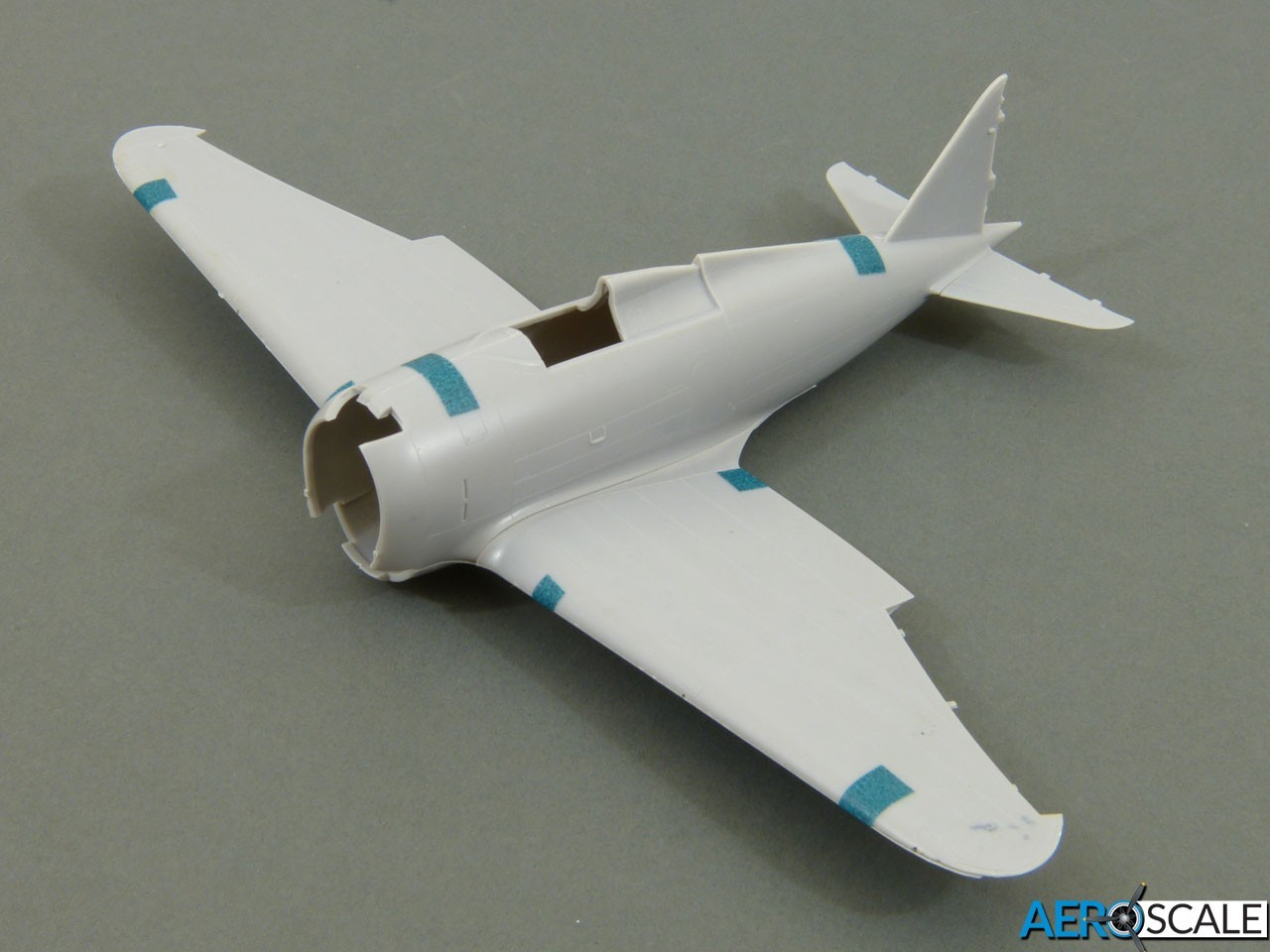
Dora Wings have paid great attention to achieving thin trailing edges and, while I commend this, it does create some issues. The first area of concern is on the wings, where the trailing edge and the underside of each wingtip is moulded as part of the top panels. There’s a bit of a step at each joint, so you’ll need to do some thinning to ensure a level surface, and there are seams to fill, particularly noticeable across the flaps. Ironically, there should be a panel line closer to the trailing edge, but the kit misses this, so you’ll have to hide one line only to scribe another nearby.
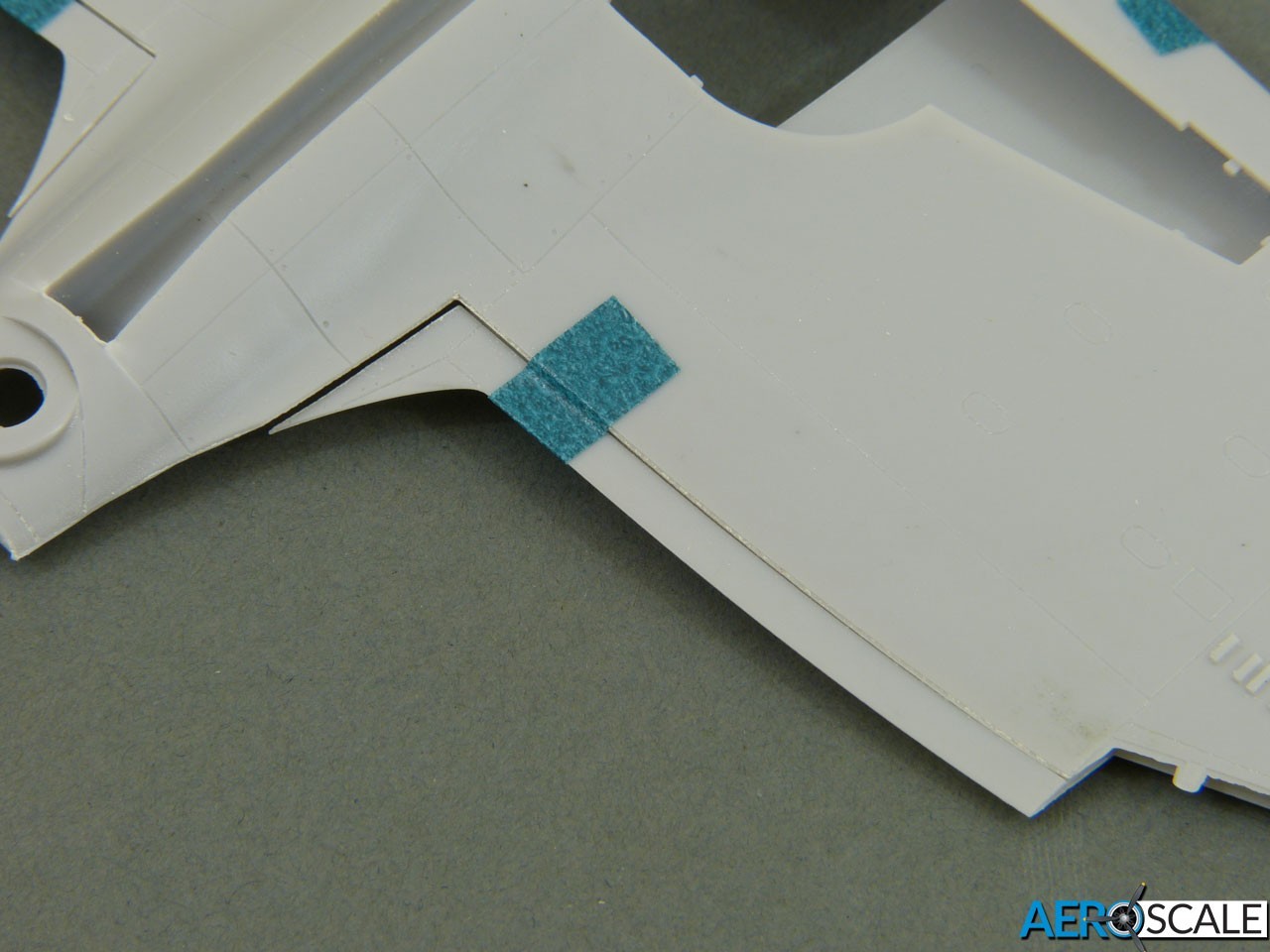

But the real problem is on the rudder, with another drop-in part and subsequent seam running right through the ribs. I think it’ll either be a case of replacing them all with stretched sprue, or re-skinning the rudder with Harry Woodman-style scribed styrene sheet. It’s definitely a case of the designer’s solution being worse than the problem they set out to solve.

A Few Details
That’s enough gripes, because the kit is actually really good in so many ways.
The cockpit is very nicely detailed, with 28 parts in total. There’s a choice of either a moulded styrene or etched brass instrument panels, with a pin-sharp decal provided for the instrument faces to either sit behind the etched fascia or convince to snuggle down on the plastic panel. There are etched seat harnesses to dress up the seat, neatly detailed consoles for the sidewalls and breeches for the nose-mounted .50 calibre machine guns.
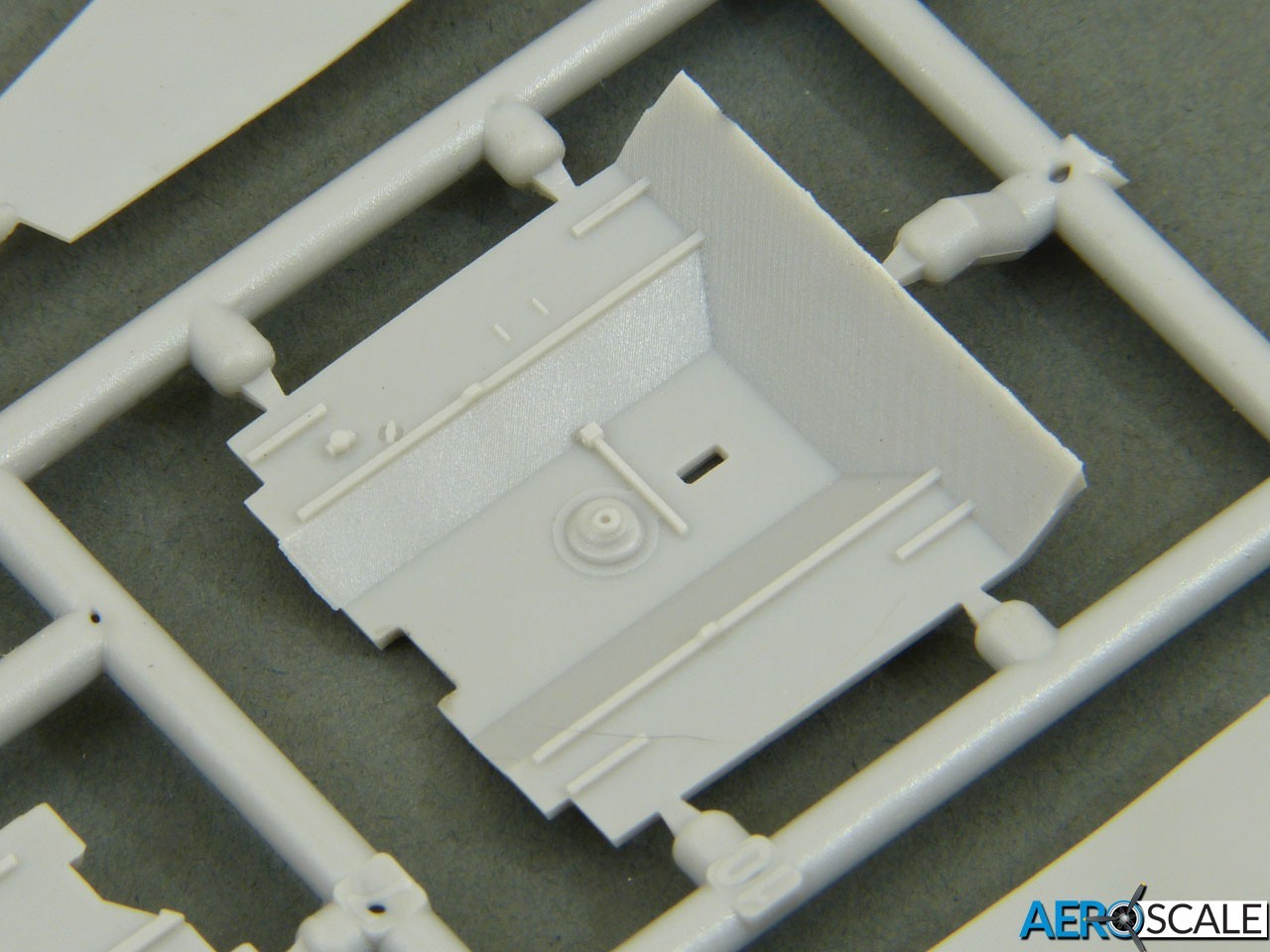


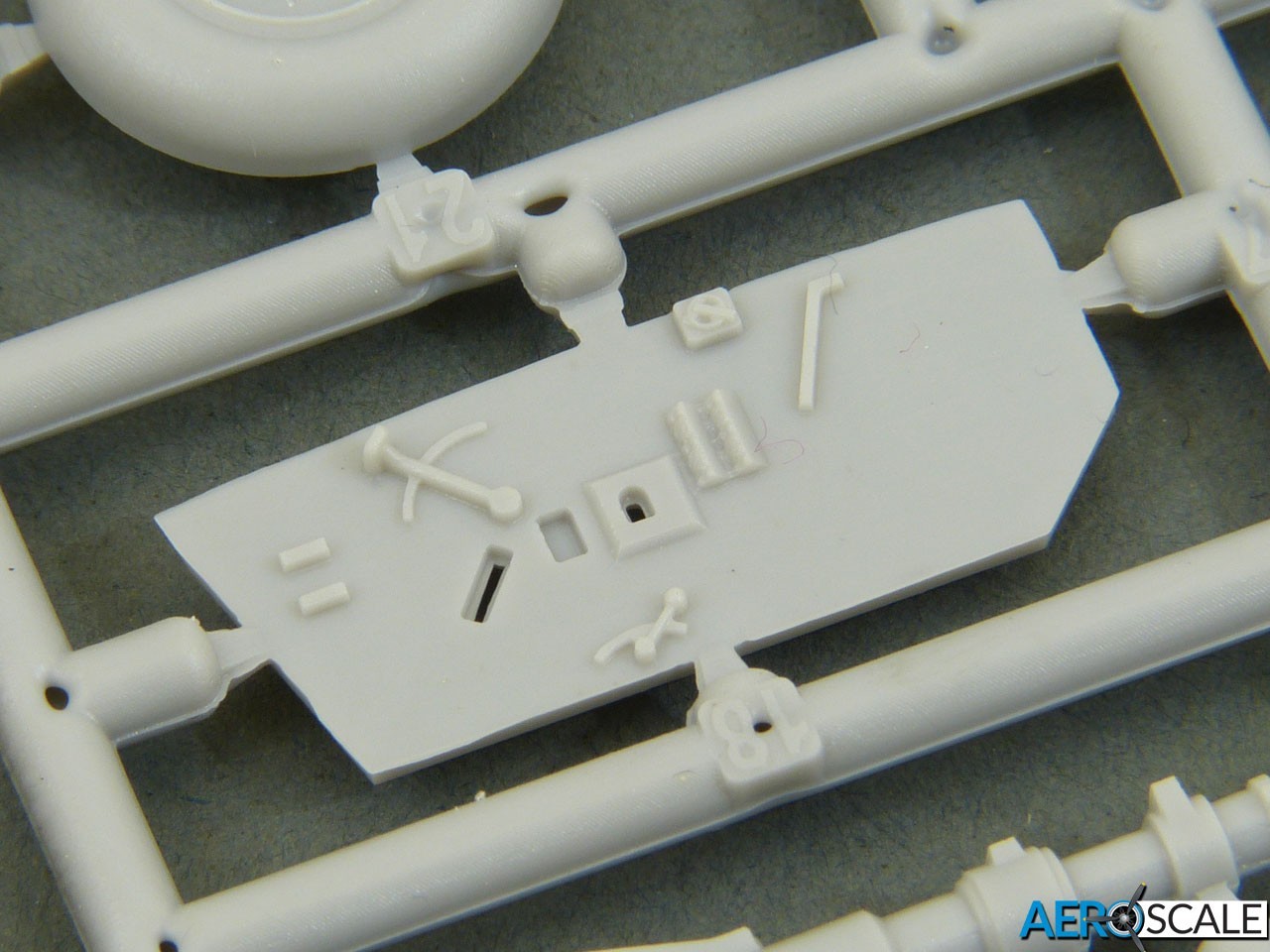

There’s a full engine mount to construct on the firewall, but you could probably omit this if you want, because the engine itself is attached to the cowling. The etched fret includes grills for the cowling and also cowl flaps. These might work fine as supplied, but you could always use them as patterns to cut new ones from thin styrene sheet if you prefer.
The engine itself should be a real beauty when it’s assembled, comprising over 30 parts. The push-rods are realistically thin and the cylinders are crisply defined. It should all look great with the addition of some ignition wires.
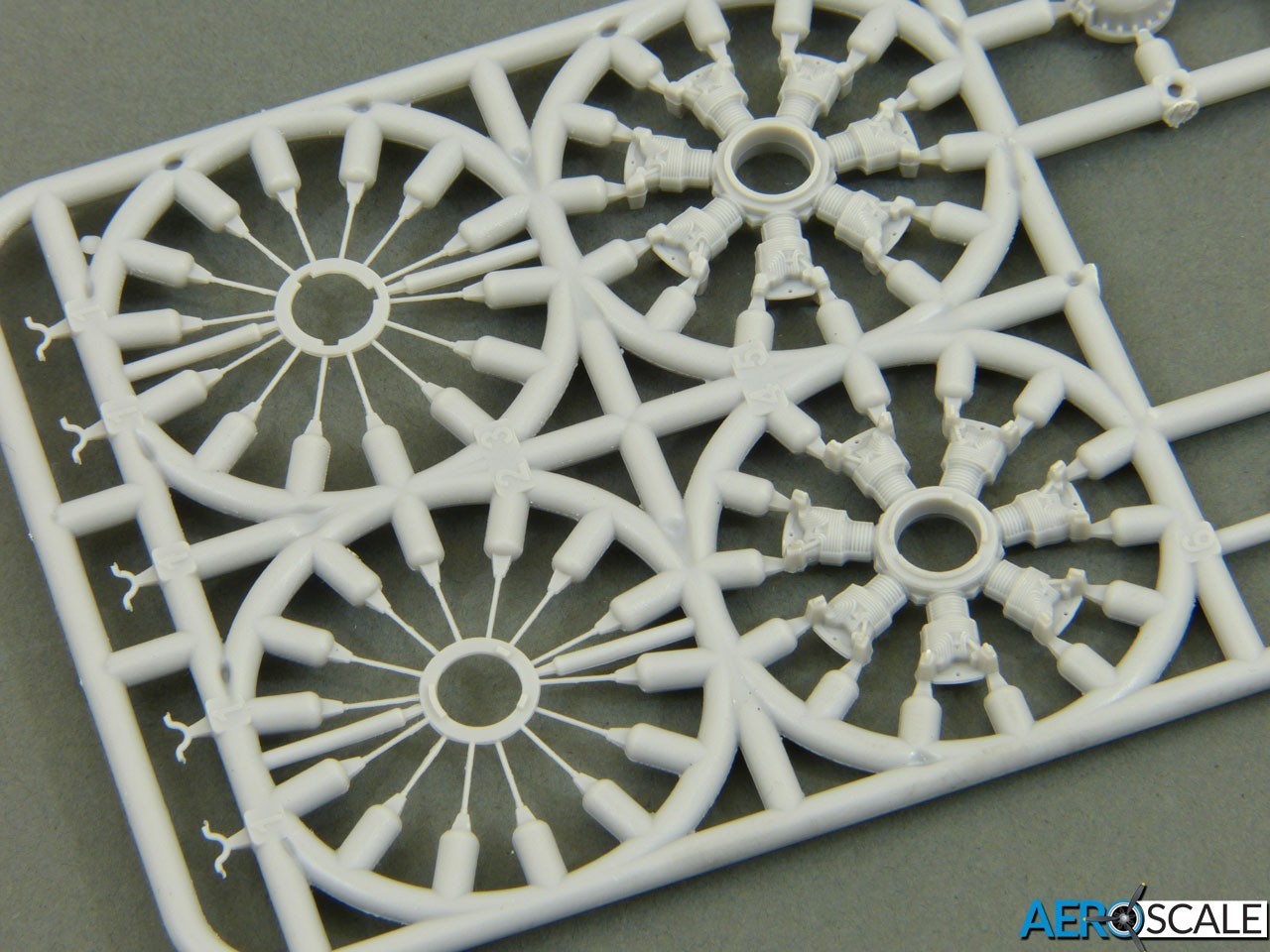
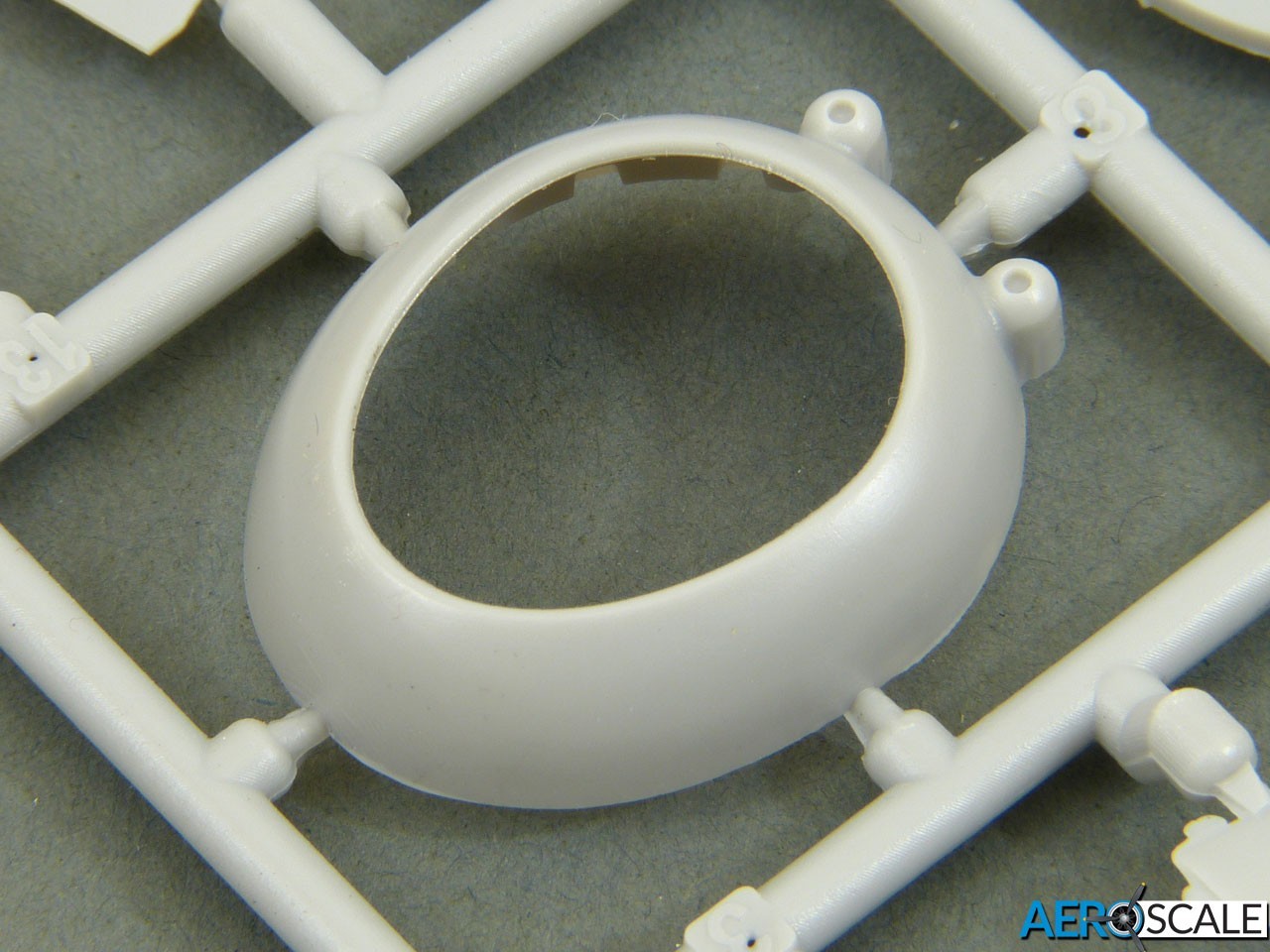
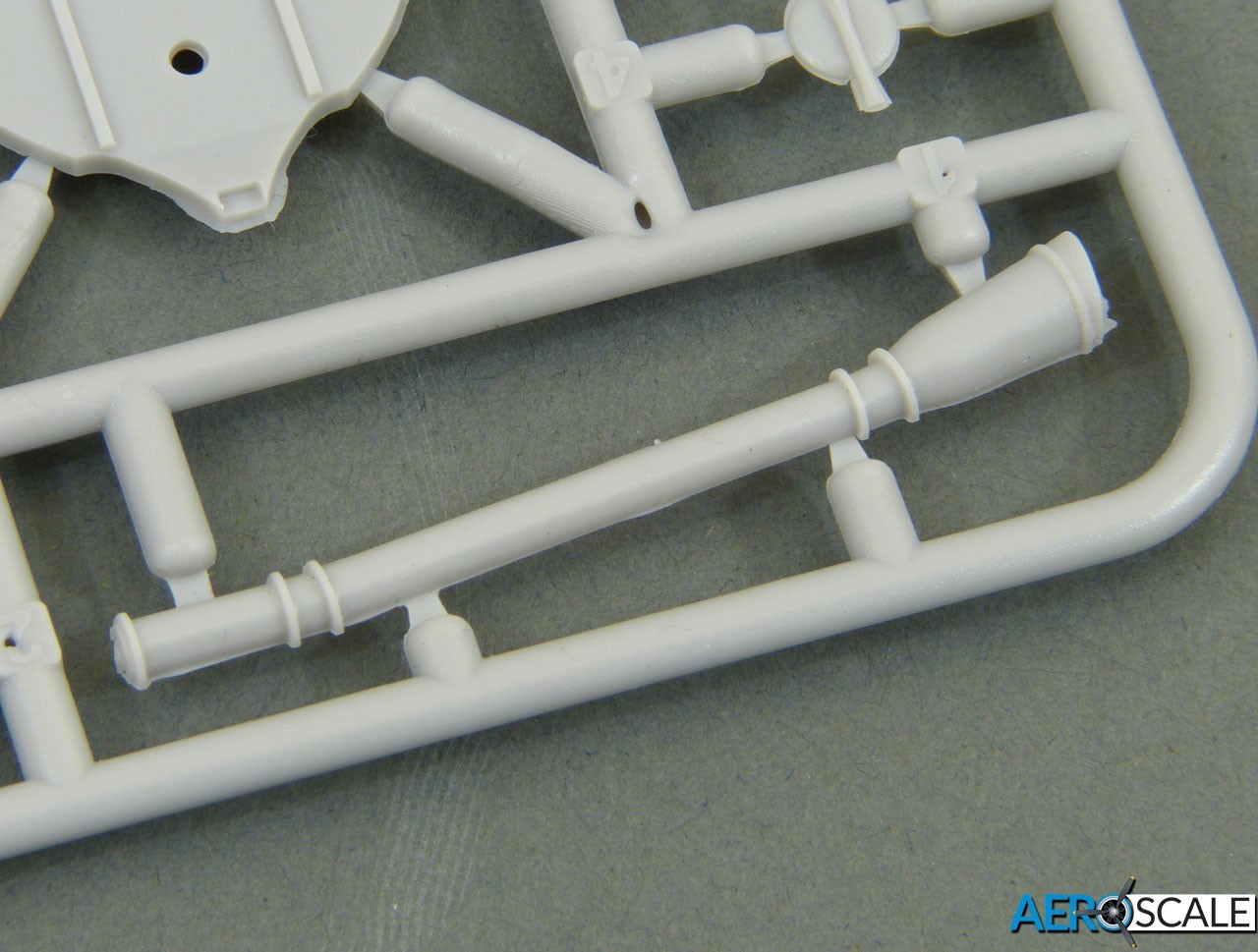
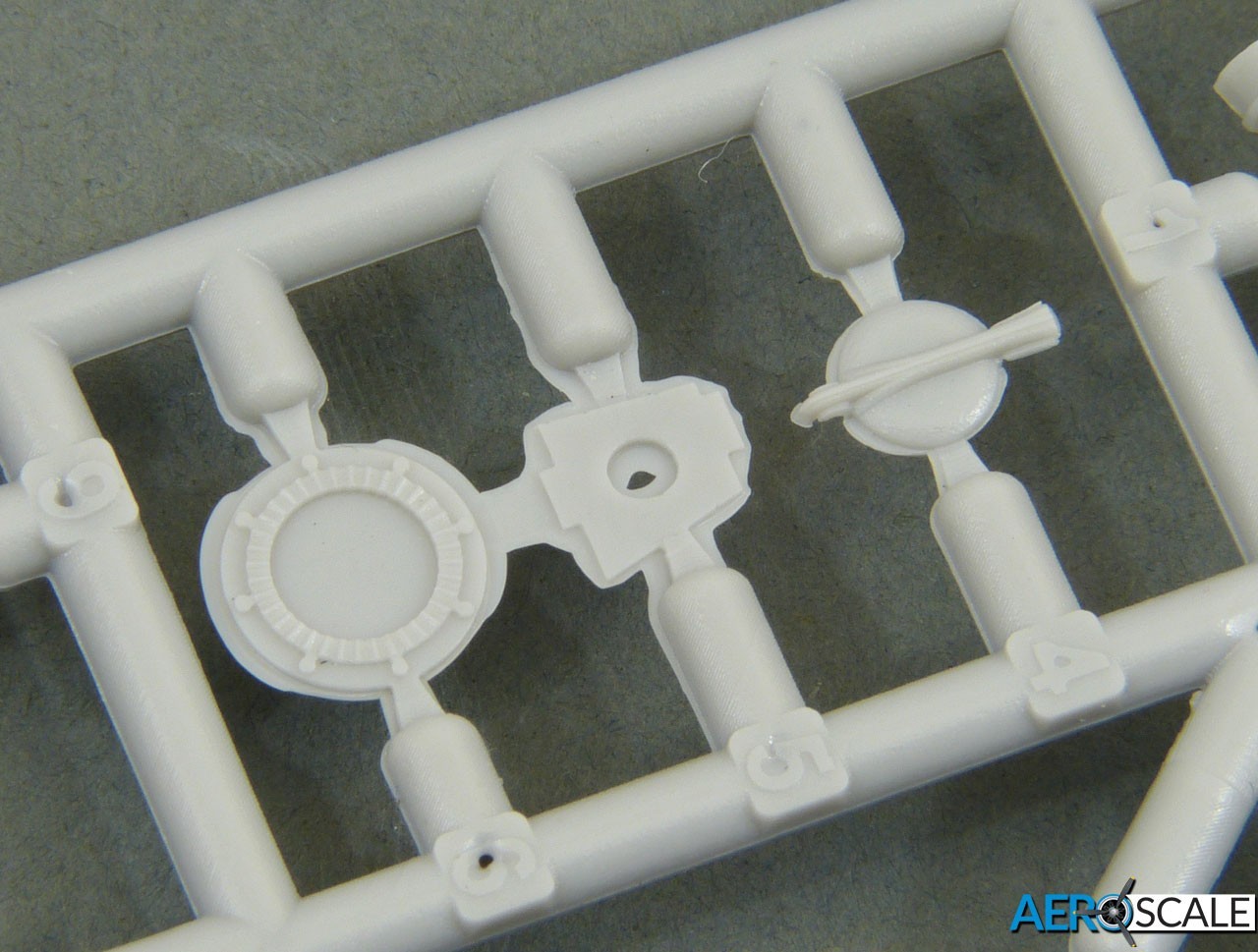
The undercarriage is well detailed (bearing in mind the sink marks mentioned above), and a real plus-point is the excellent depth of the main wheel wells thanks to the thinly moulded wing panels. The wheels are moulded unweighted and have crisply defined hubs. It’s a shame that the painting masks don’t include items for the wheels - that seems a missed opportunity.
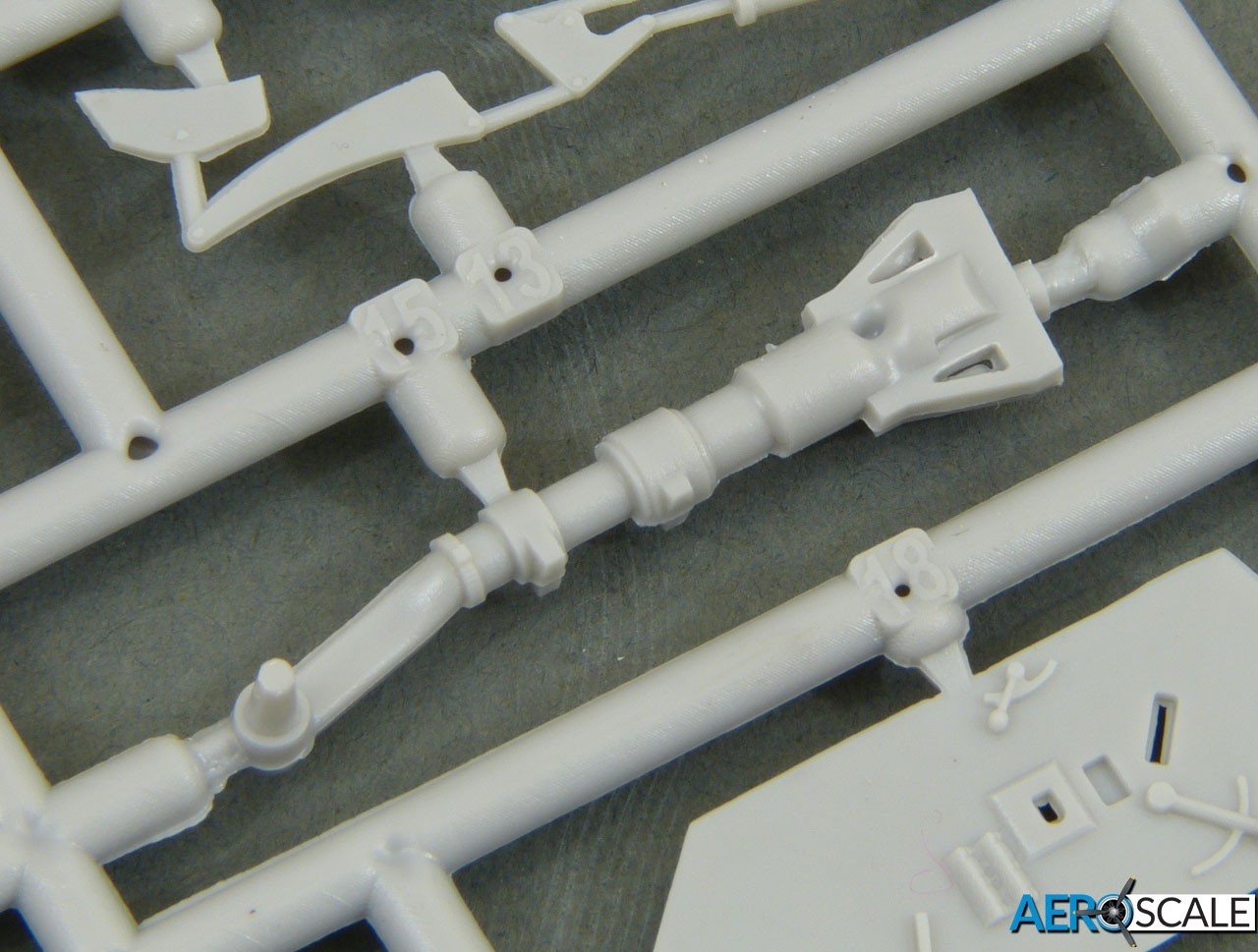
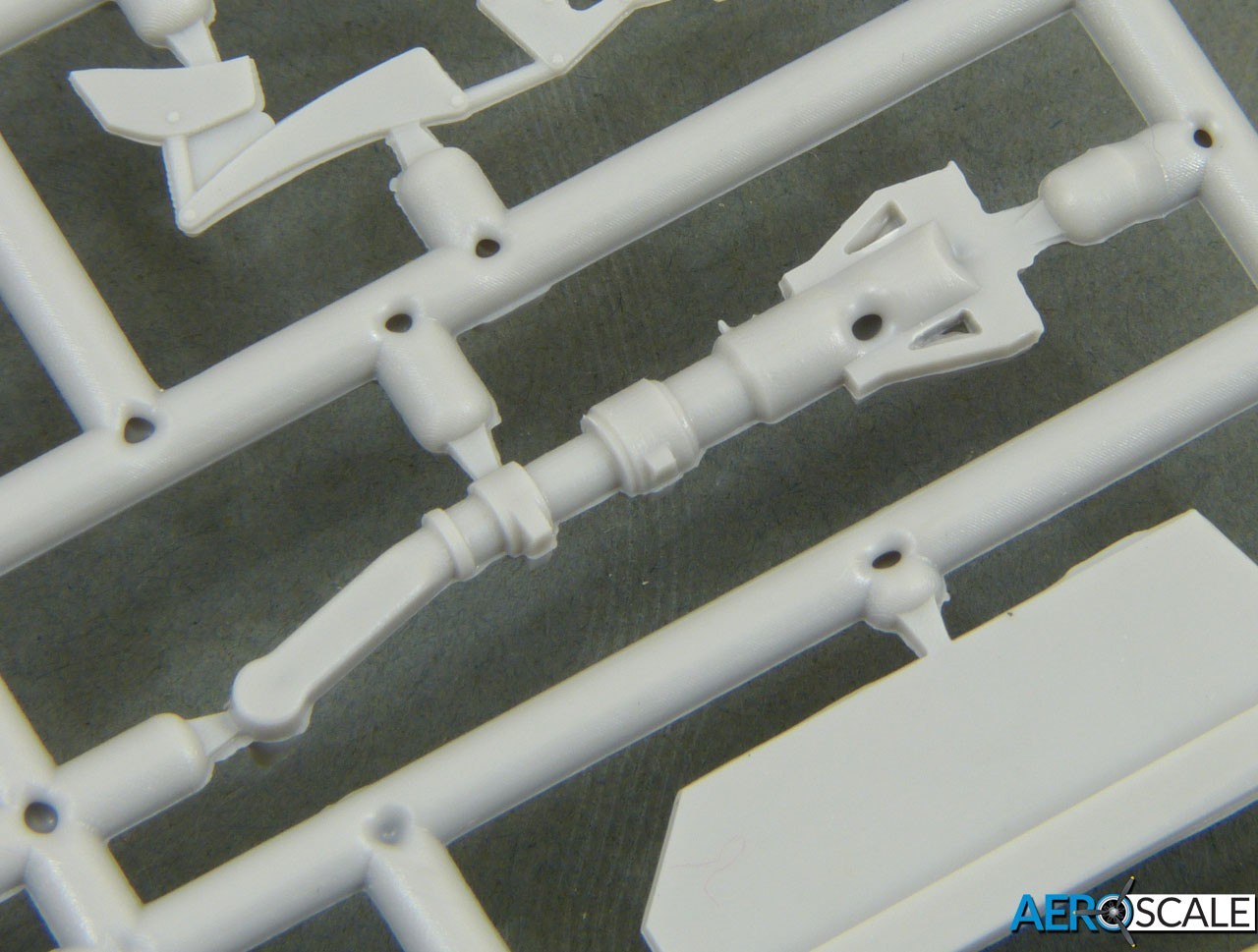
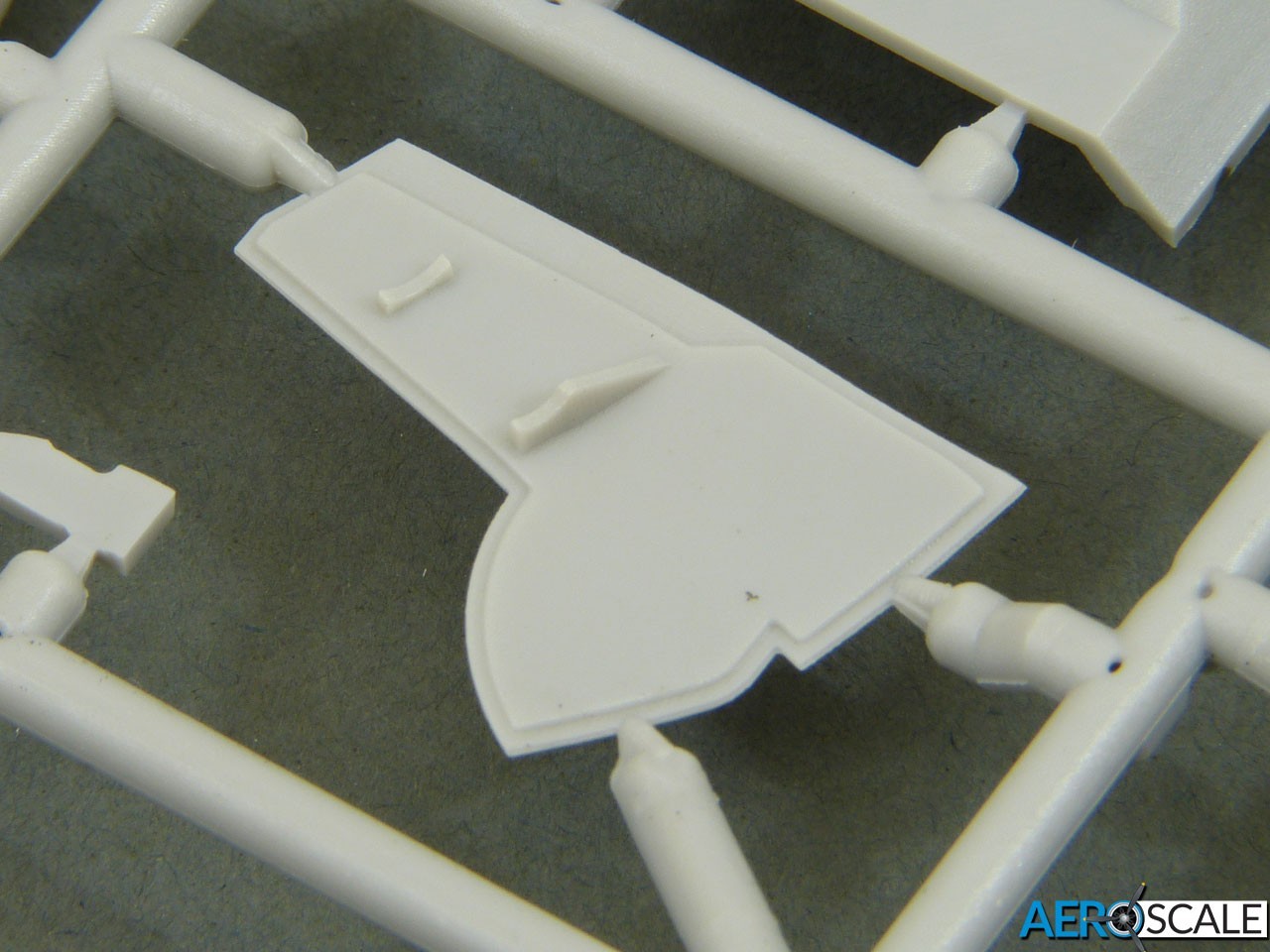
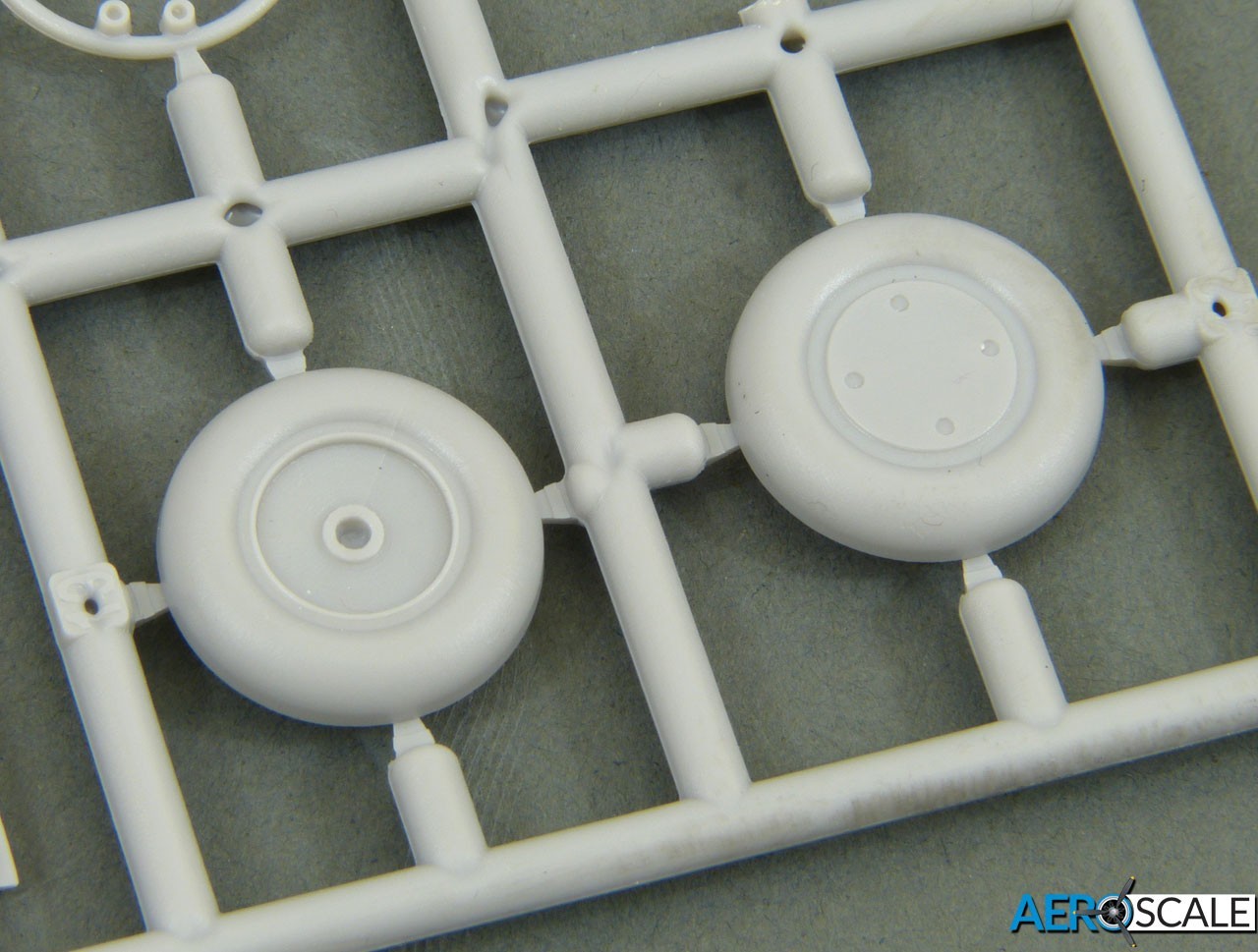
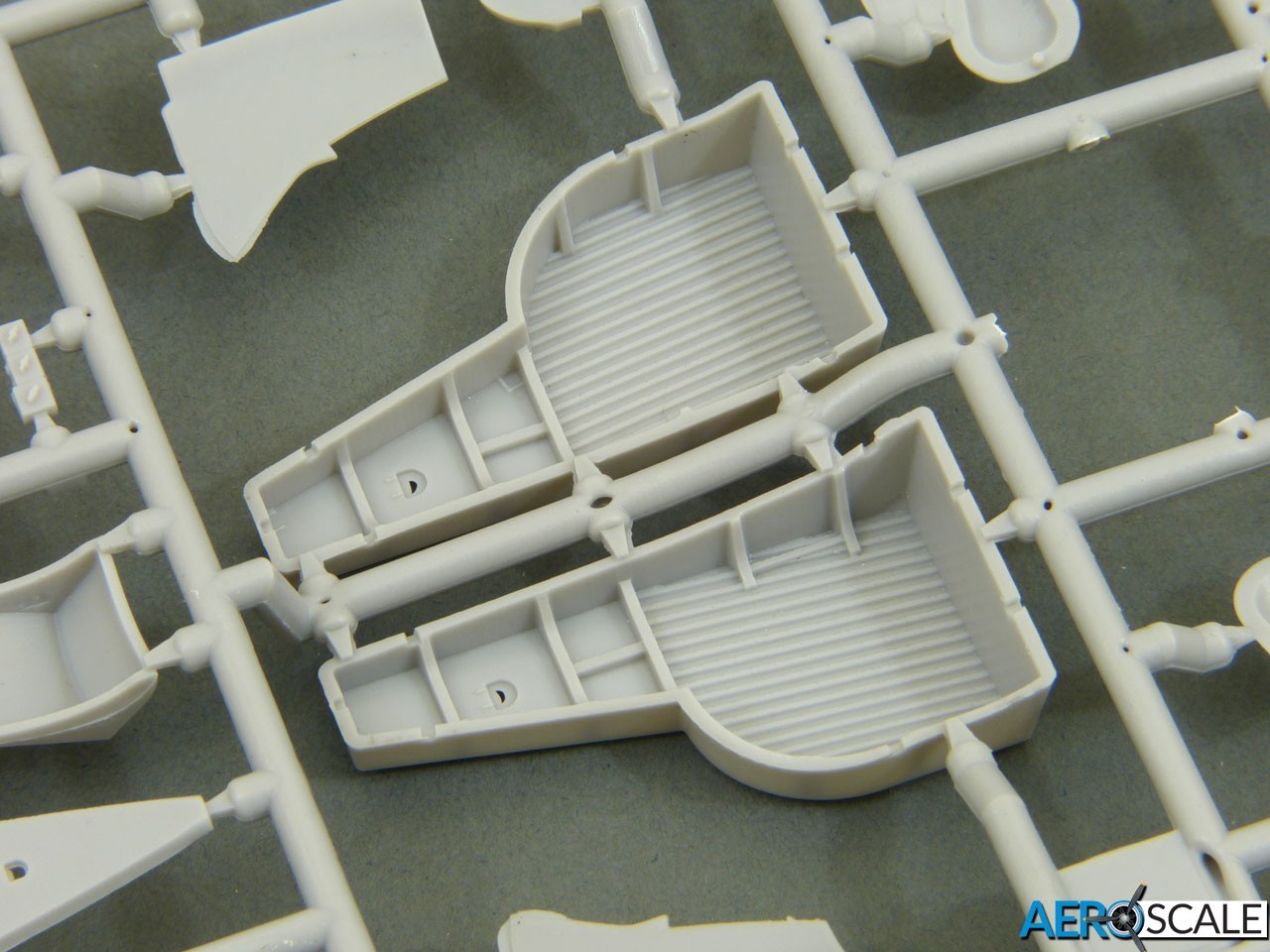
The propeller has nicely shaped cuffed blades, but the spinner in my kit will definitely need a bit of help filling the sink marks.
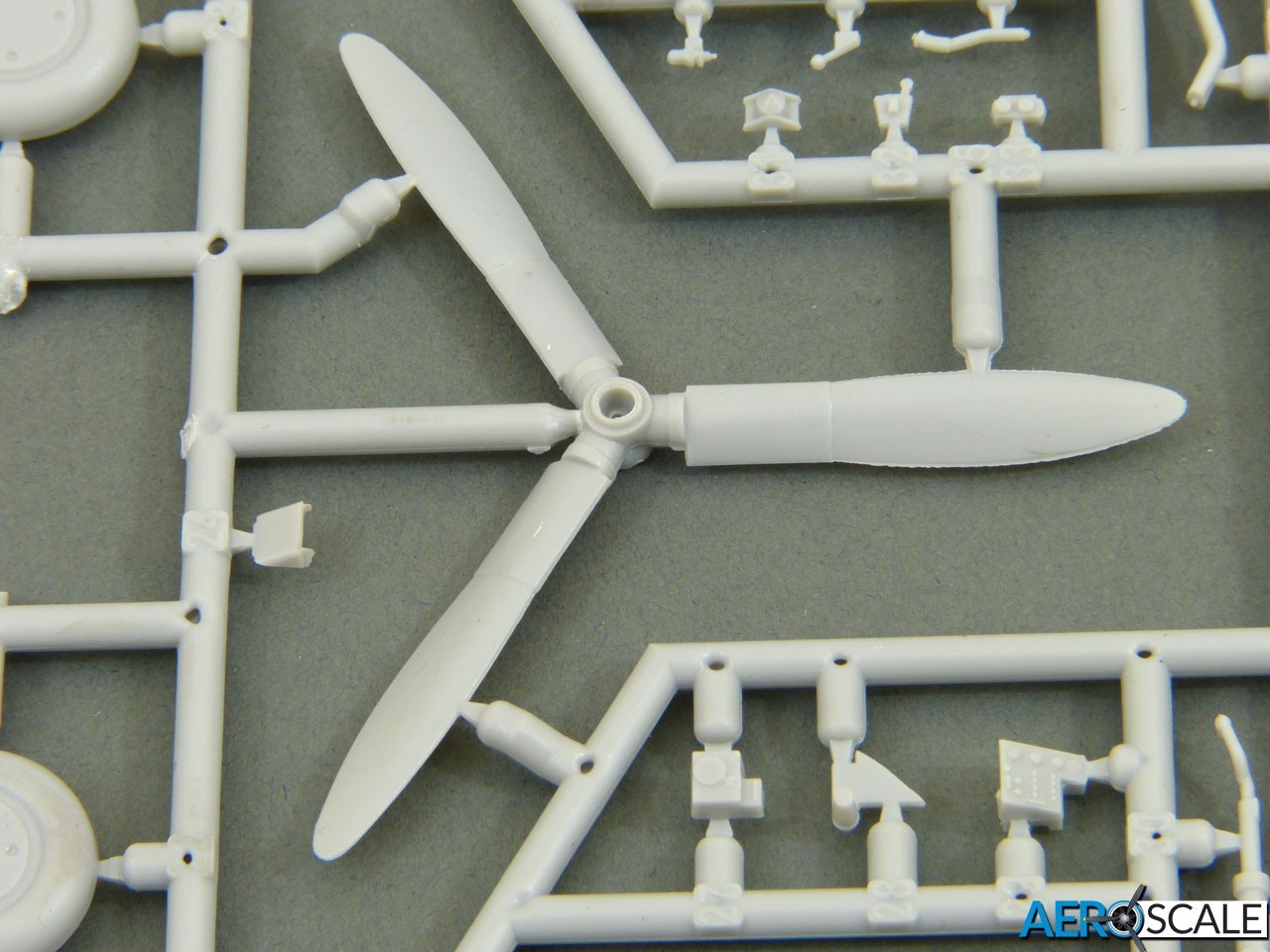
Instructions, Painting & Decals
The assembly guide is printed in colour as a neat A5 booklet. The diagrams are straightforward to follow and the 27-stage sequence is logically designed. Colour call-outs are keyed to most details and matched to Mr Hobby, Tamiya, Ammo MIG, Hataka and Lifecolor paints, so you should have no trouble wherever you’re based in the world.
Decals are provided for four colour schemes - one sporting a n/m finish and the other three camouflaged in Olive Drab and Neutral Gray:
Republic YP-43 Lancer, USAAF, 1941
Republic P-43A Lancer, s/n 40-2920, 55th Pursuit Group, Portland AB, January 1942
Republic P-43A Lancer, s/n 41-6721, 1942
Republic P-43A Lancer, s/n 41-31496, August 1943
The decals look very good quality, printed in precise register with a satin finish and minimal excess carrier film.
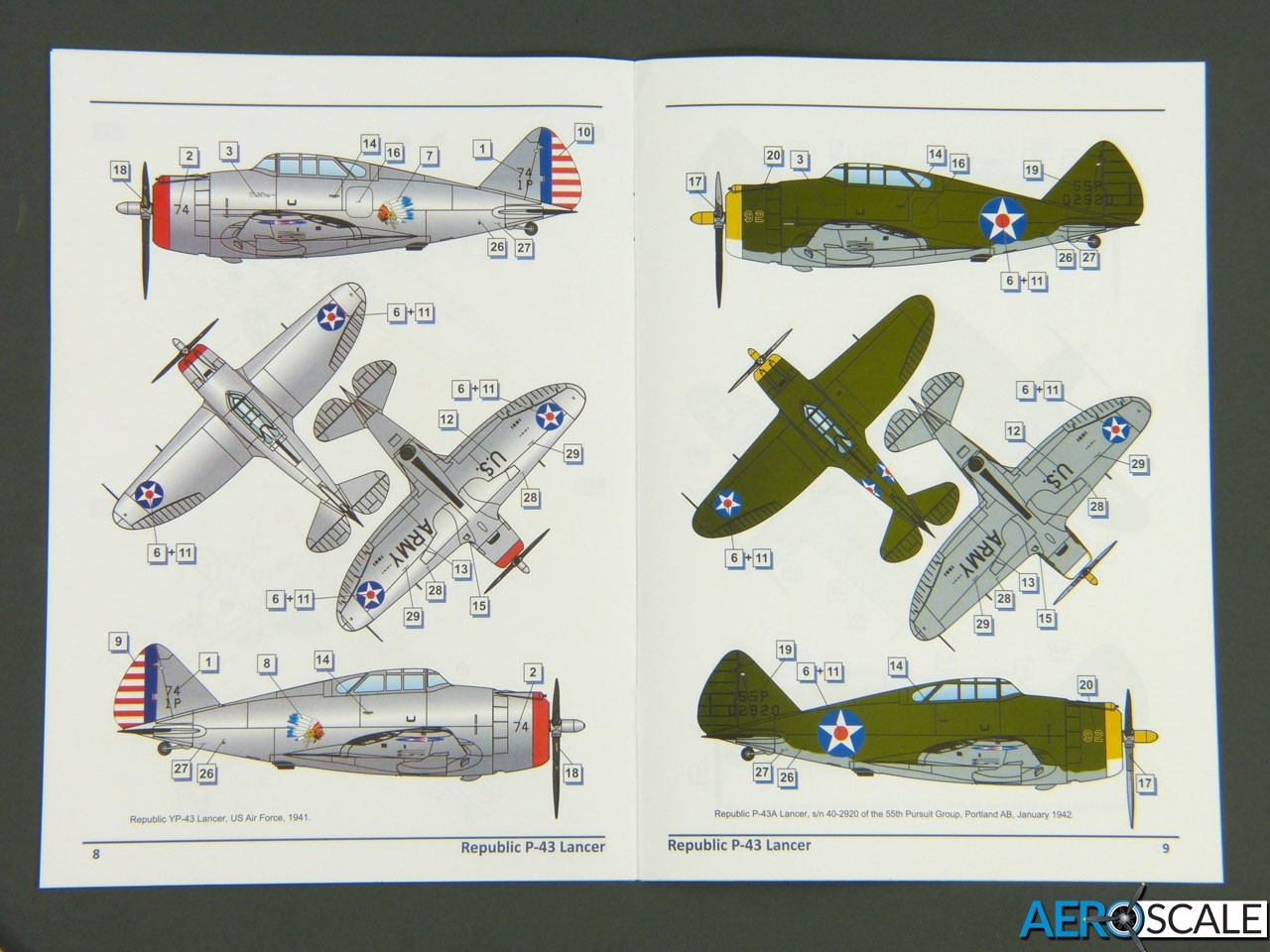

Conclusion
Dora Wings’ Lancer looks like it will build into a very attractive model. It does have a few design issues that will make it best suited for modellers with a bit of experience. The faulty first canopy in my kit was undeniably a disappointment - but Dora Wings' quick response to put things right represents customer service at its very best and gives me real confidence about buying their kits. I’m really looking forward to building the kit and trying some of the other really interesting subjects that Dora Wings produce.
At around £25.00 in the UK, Kit #DW 48029 represents good value for money.
Please remember, when contacting retailers or manufacturers, to mention that you saw their products highlighted here - on AEROSCALE
























